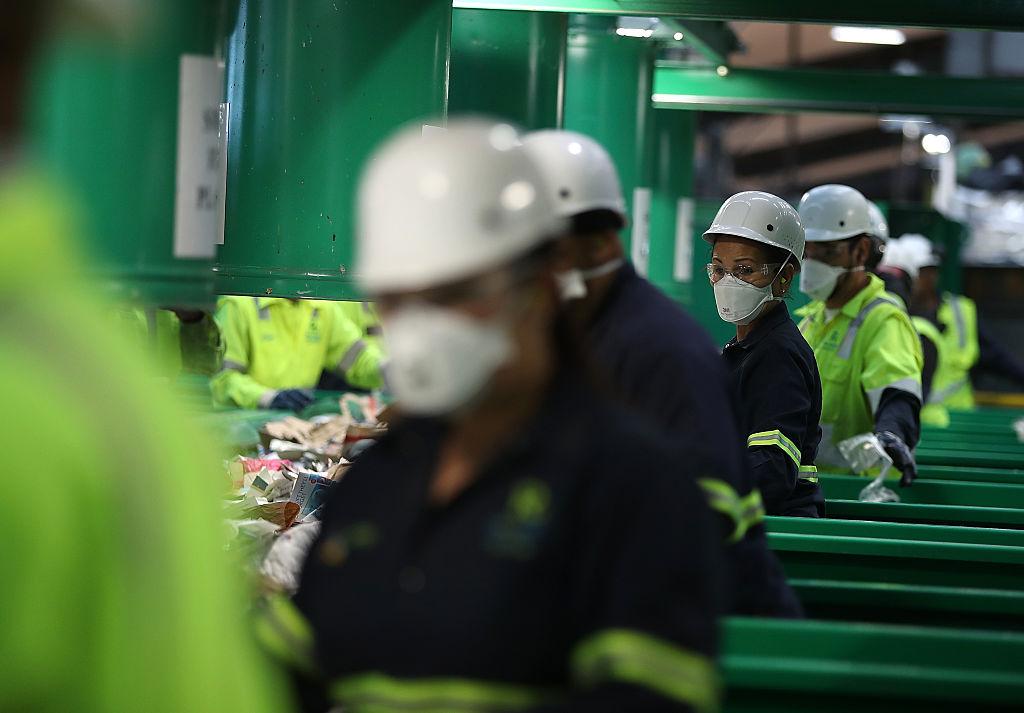Commentary
After quickly increasing to 21.8 million people the week of April 24 from 2 million people during the week of March 7, the number of people continuing to receive state-sponsored unemployment benefits has steadily declined to 12.3 million the week of Sept. 5.





